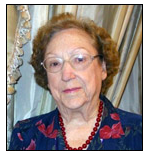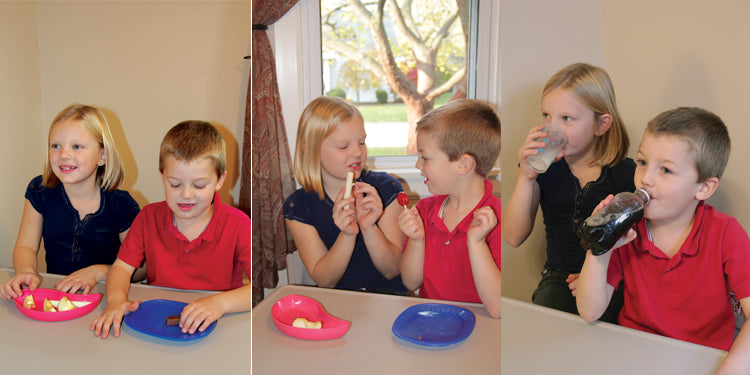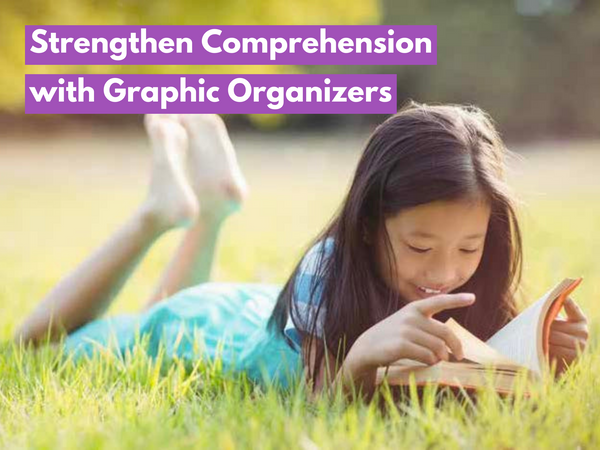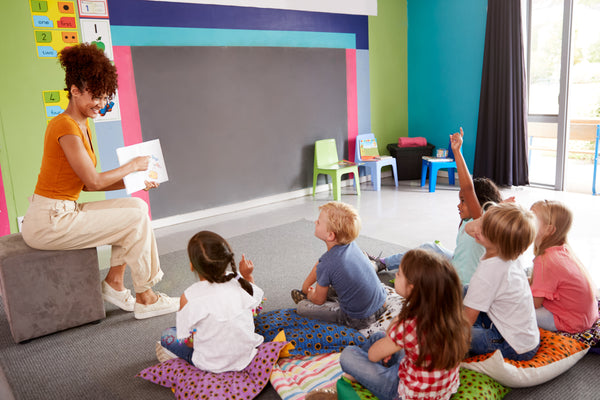
This is a guest blog post by Dr. Geraldine Haggard, who is a retired teacher, Reading Recovery teacher leader, author, and university teacher. She spent 37 years in the Plano, TX school system. She currently tutors, chairs a committee that gifts books to low-income students, teaches in her church, and serves as a facilitator in a program for grieving children.
This is the fifth post in a series of posts on teaching and using leveled books for learning science in kindergarten. To read the first post, click here . To read last week's post, click here . As always, you can subscribe to our blog to get our guest bloggers’ new posts in your inbox.
Today, we will be going over our final reading activity in this series about using leveled books for kindergarten science. Last week, we outlined and discussed two reading activities, based on two leveled books for kindergarten, Who Needs Water and Baby Food . During the reading activity for this week, we’ll be exploring a new book, Snack Time , from our series of 150 leveled readers for K-3, the Kaleidoscope Collection .

Teaching Kids About Food | Kindergarten Reading Activity #7
This activity will be based on the book,
Snack Time
, from the
Kaleidoscope Collection
. To start, with your students, take out and display the cover of the book, and introduce the story’s two characters, Kylie and Max. Share with the class that both Kylie and Max are very hungry.
Tell the students that both Kylie and Max know that they need food to eat, and that one of them is going to make good choices, while the other one is going to learn a lesson about making good food choices. Ask the question to your students, "What do you do when you make a choice?"
Kylie and Max are making choices on the foods that they want to eat. As you read the story with the children, decide which child learns a lesson and what exactly that lesson is. Gather the students around you, and read this book as a read aloud.
Read slowly, and provide time for the children to make spontaneous comments. After the story is completed, ask the students to sit in groups of three to decide which child learned a lesson about eating food. Pose the question, "What did he or she learn?"
Put the names of the book characters on the board and, as the children supply the names of the foods that each ate, record those foods by the character's name.
The following series of questions may be used for group discussion:
- How did Kylie feel at the end of the story? How do we know this?
- How did Max feel: How do we know that?
- Which character learned a lesson?
- What lesson was learned?
- Even though you are a living thing and need food, does that mean you should eat just anything?
- What are some good food choices for you to eat?
In conclusion, tell the students that they need to eat foods that help them grow, and stay healthy and happy. Tell the students that it is okay to occasionally eat candy and cookies, but that they need to eat the good, nutritious foods also.
After these questions have been asked, the school cafeteria menu for the day might be studied and talked through. Ask the students, “Does it sound like good choices were made as the school menu was prepared and created?” In addition to this, a cafeteria person might be invited to visit with the children, to talk about and discuss food choices, as well as answer any questions that the children might have about eating food, and about food choices.
This is the end of Part 5 in this series of blog posts on teaching and using leveled books for science in kindergarten. To read the first post in the series, click here . To read the previous post, click here . As always, you can subscribe to our blog to get new posts in your inbox.
Geraldine Haggard is the author of several books from our
Kaleidoscope Collection
. To download information sheets with key features about the
Kaleidoscope Collection
, which contains the title mentioned in this post, click the images below.







